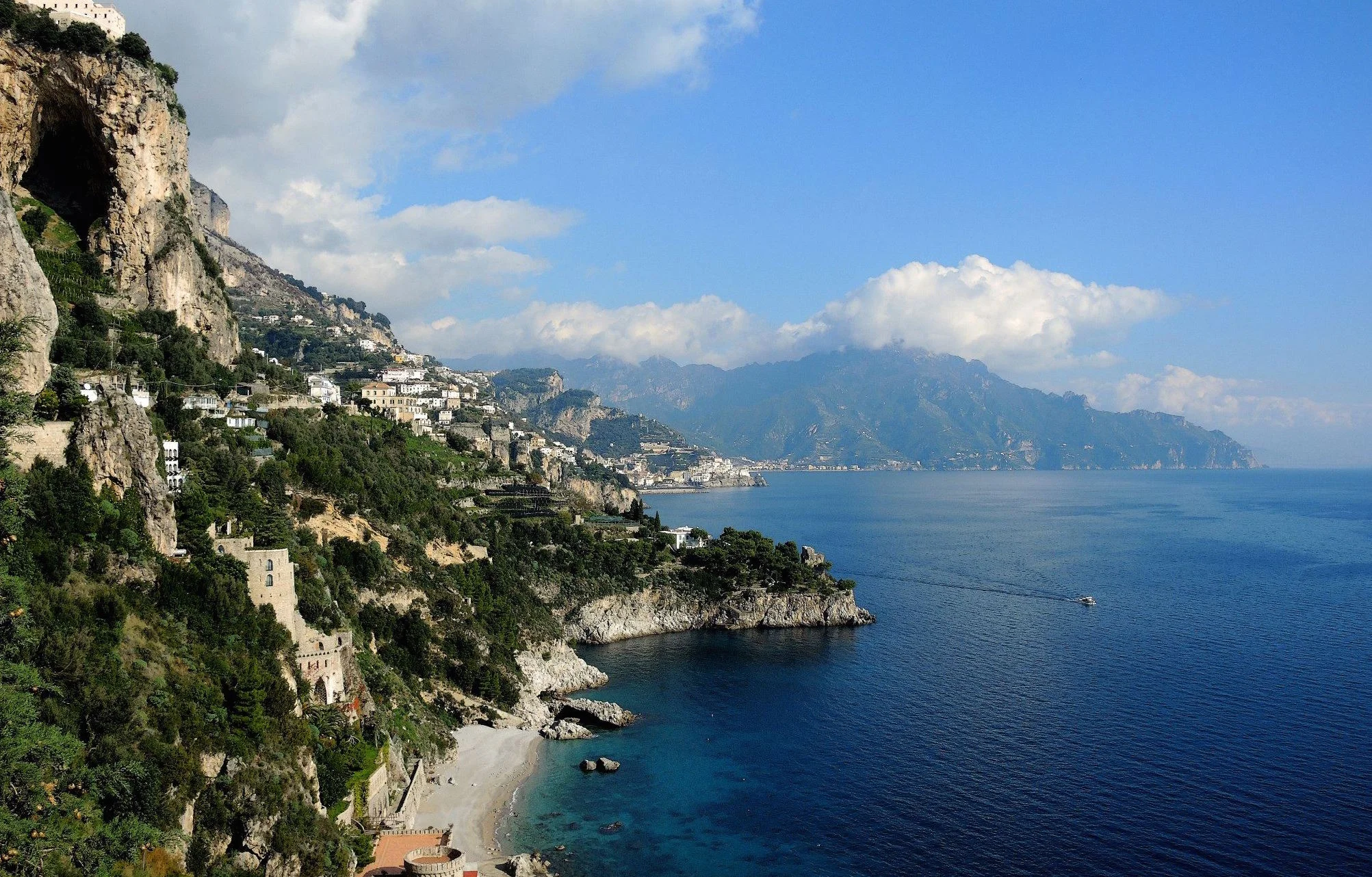After a relatively ordinary career as a civil servant, I became an accidental farmer sometime in the winter of 2015. I went from preparing cumbersome briefing books for congressional hearings in Washington DC to planting rows of zucchini seedlings about 700 meters above sea level on the tippy top of the Amalfi Coast in a small village called Agerola. What started as a gingham dappled dream overflowing with Mason jars quickly became the Sisyphean reality of harvest, preserve, eat, repeat. At least the views were amazing. Now as the world seems to steadily embrace social distancing amidst the recent COVID-19 pandemic, I find a surprisingly familiar muscle memory of food preservation kicking back into gear.
At Sauced & Found, we offer a variety of catering and touring services to clients in and around Napoli, Sorrento and the Amalfi Coast. Our main lines of services offered are: Private chef, Food and wine tours, Cooking classes, and Travel interpreters.









